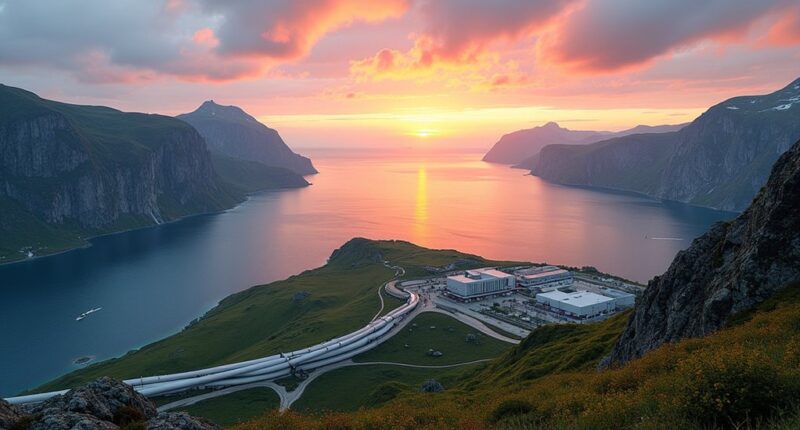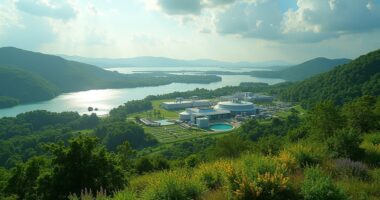Norway has proudly launched the world’s first full-scale carbon capture and storage project, a true game changer in the battle against climate change. With a hefty NOK 22 billion investment, this ambitious initiative captures CO2 from Heidelberg Materials’ cement plant, liquefies it, and stores it deep beneath the seabed. Think of it as a high-tech landfill for carbon emissions, helping to decarbonize industries across Europe. And this is just the beginning—more exciting developments are on the horizon!
Norway’s Groundbreaking Carbon Capture Initiative
In a groundbreaking move that could reshape the landscape of climate action, Norway has revealed the Longship project, the world’s first full-scale carbon capture and storage (CCS) value chain. Imagine a superhero team made up of cutting-edge technology and collective will, all dedicated to fighting climate change. With an impressive NOK 22 billion in state investment, this initiative is not just Norway’s largest climate project; it’s also Europe’s biggest leap into climate tech.
At the heart of Longship is the Northern Lights component, a collaborative effort spearheaded by industry giants like Equinor, Shell, and TotalEnergies. This isn’t just a flashy new toy; it’s an open-access infrastructure that aims to connect multiple carbon emitters across Europe. Think of it as a superhighway for CO₂, where emissions from places like Heidelberg Materials’ cement plant in Brevik are captured, liquefied, and shipped to the Øygarden terminal near Bergen. It’s like taking your overflowing garbage can and sending it off to a proper landfill—only this landfill is 2,600 meters beneath the seabed. The project plans to capture annual CO2 capture of 400,000 tonnes at Heidelberg Materials in Brevik, showcasing its significant impact on emission reduction. Additionally, the project includes carbon capture at a cement factory in southern Norway, further solidifying its commitment to reducing industrial emissions.
The project’s timeline is ambitious. Initial CO₂ capture and shipment were completed in June 2025, with CO₂ injection into geological formations kicking off in August 2025. Future facilities, such as one at Hafslund Celsio’s waste-to-energy plant in Oslo, are projected to further enhance the carbon capture capacity. It’s a bit like a video game where each level unveils new abilities, getting stronger as you progress. This approach complements other innovative carbon capture methods like direct air capture technologies that extract CO₂ directly from the atmosphere.
Longship is not just about reducing emissions; it’s a blueprint for how industrial decarbonization can work on a grand scale. With two-thirds of its funding coming from public investment, it demonstrates a powerful partnership between government and industry. This model could pave the way for other nations to follow suit, proving that climate action isn’t just a pipe dream—it’s a fully operational pipeline.









